When commemorating April 12, we usually mention the historic flight of Yuri Gagarin. But it should not be forgotten that on the same date another, no less significant event in the history of space exploration took place: the first flight of the American reusable spaceship Columbia. In this article, we will talk about the seven most interesting facts from the history of the Space Shuttle program.
Shuttles could have a different appearance
Shuttle development began in the early 1970s after the Apollo program ended. The goal of the designers was to create a reusable spaceship that would be launched into space like a rocket, and then land on an airfield like a normal airplane.
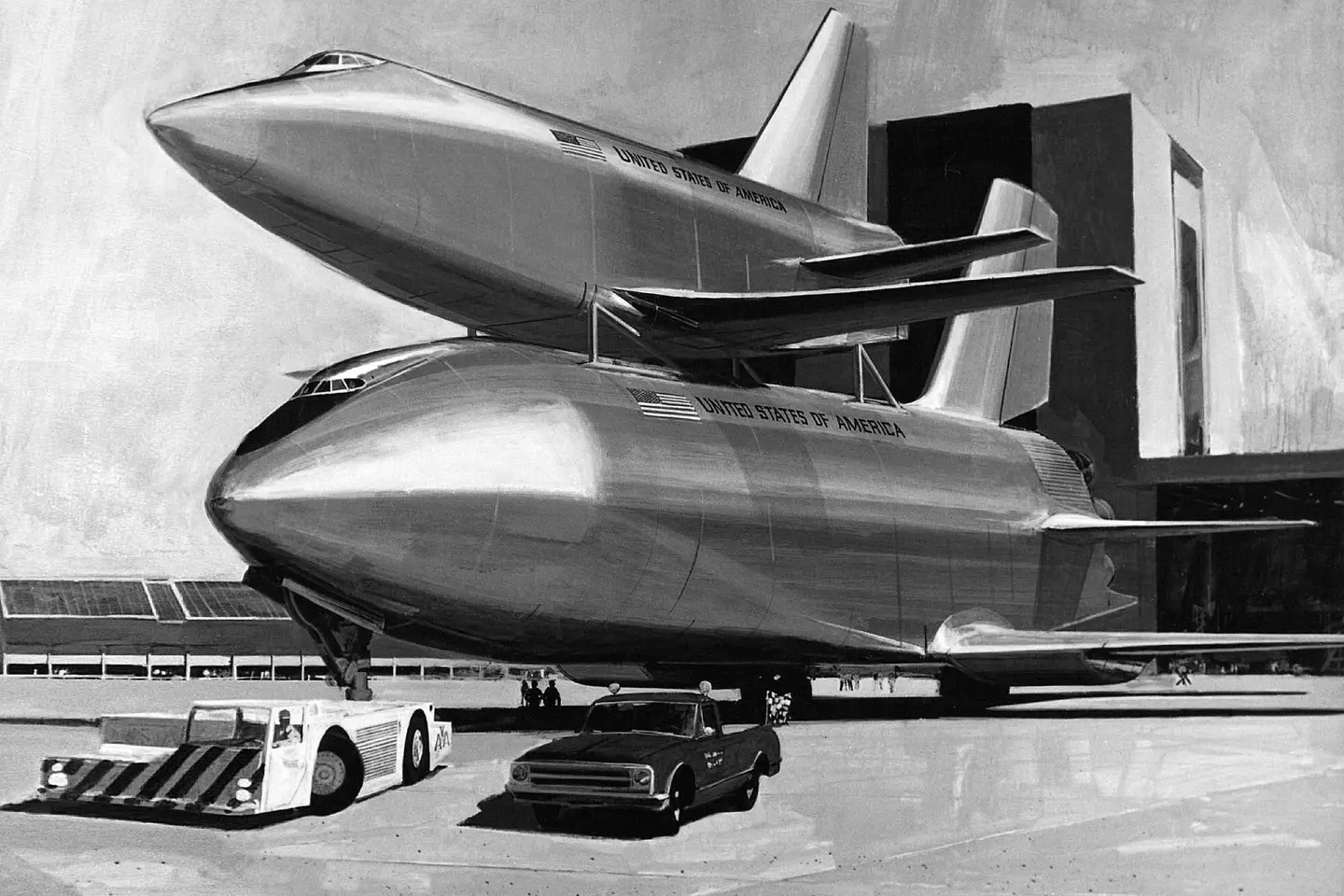
During the work on the project, the shuttle changed its appearance several times. Initially, it was assumed that the system would be completely reusable. The designers wanted to use a rotating first stage to launch the shuttles, which, after separation, would also land on the airfield like an airplane.
Unfortunately, this concept turned out to be too difficult to implement. Therefore, the designers decided to install rocket engines on the shuttle itself, and to use a disposable external tank for fuel. Due to further changes to the project, the dimensions and mass of the spacecraft increased significantly, and the power of the power units was not enough to send it into space on its own. Therefore, two lateral accelerators had to be added to the system.
The first reusable spaceships in history
The shuttles became the first reusable spaceships in history. The length of the shuttle was 37.2 meters, wingspan — 23.8 meters, height — 17.9 meters, dry weight — 78 tons. It was able to launch a payload up to 25 tons into low Earth orbit and return a payload up to 14.4 tons back to Earth. In total, six winged ships were built: a prototype intended for atmospheric tests and five examples that actually flew into space.
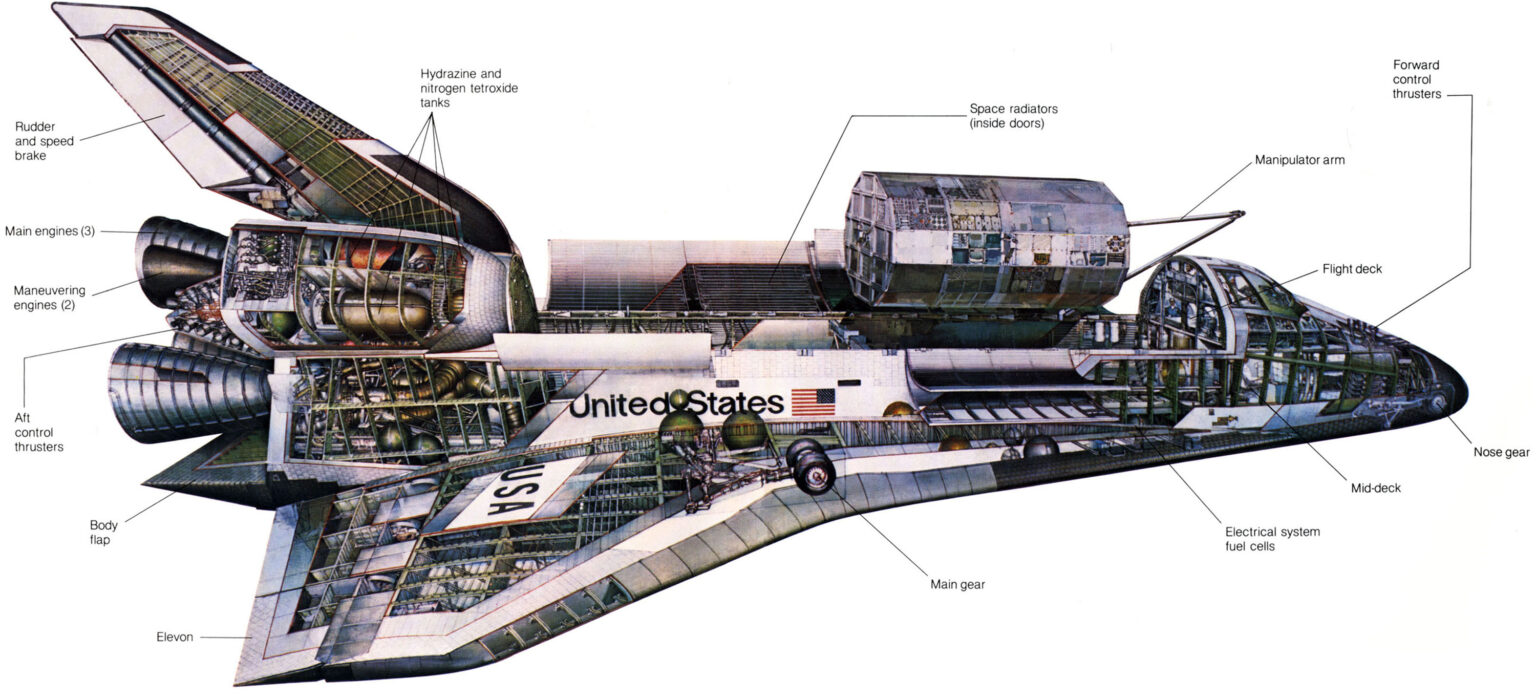
Shuttle fuel was stored in an external fuel tank. Its height was 46.9 meters, diameter — 8.4 meters, mass — 760 tons (including fuel). After separation, the tank burned up in the Earth’s atmosphere. Throughout the program, NASA worked hard to reduce the weight of the tank. So, starting with the third flight, they stopped painting them with white paint, which saved 270 kg. Later, changes were made to the design of the tanks, which made it possible to reduce their weight by several more tons.
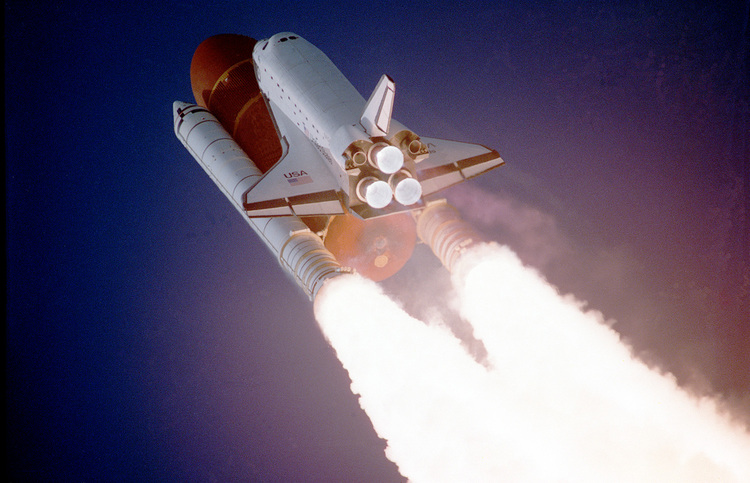
The last element of the system was a pair of solid-fuel boosters. Their height was 45.5 meters, diameter — 3.7 meters, mass — 570 tons (including fuel). After separation, they parachuted into the ocean, after which they were used again.
The prototype of the shuttle was named after the ship from Star Trek
The atmospheric prototype of the shuttle was demonstrated to the public in 1976. Initially, NASA wanted to call it Constitution in honor of the 200th anniversary of the Declaration of Independence of the United States. But thanks to a petition organized by fans of the Star Trek series, it received the name Enterprise: in honor of the spaceship USS Enterprise NCC-1701, on which the main characters of the franchise traveled. Interestingly, according to the canon of the Star Trek universe, the shuttle Enterprise is its distant ancestor.
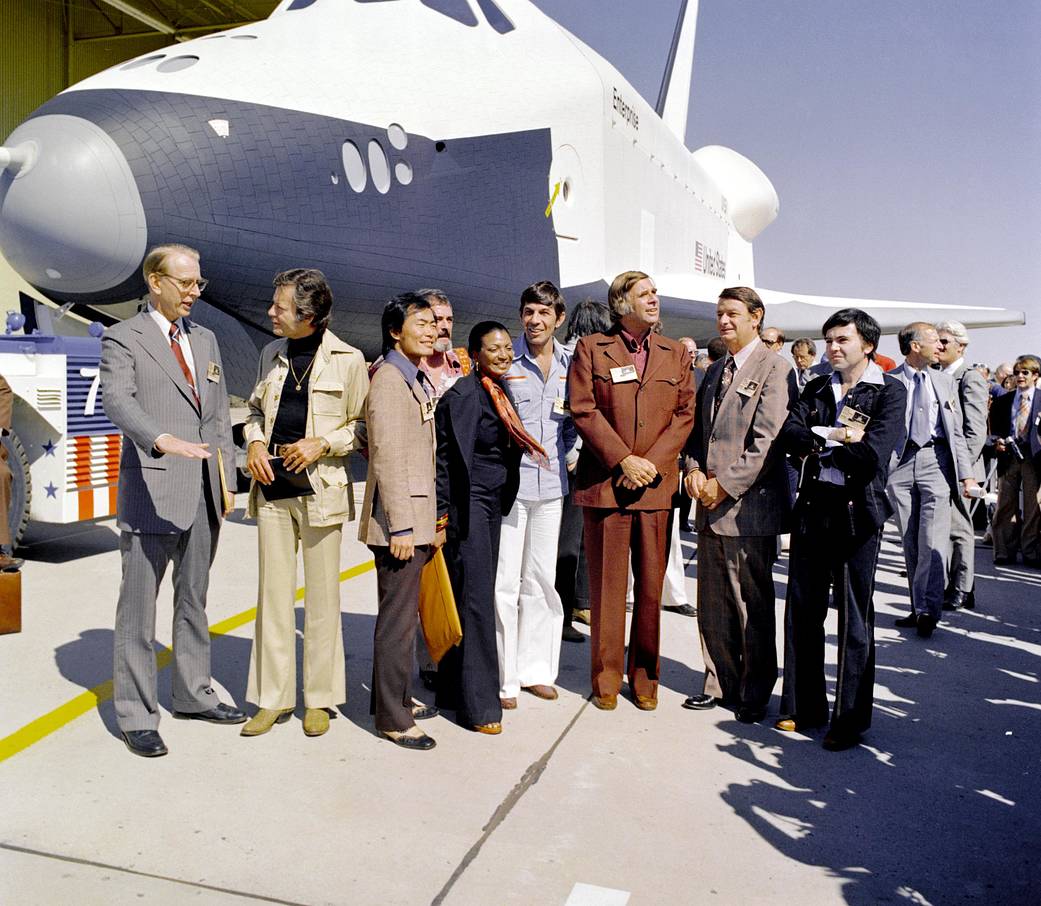
As for the other five shuttles, they were named after naval ships. Columbia got its name from the sailboat on which Captain Robert Gray explored the inland waters of British Columbia in May 1792. The shuttles Discovery and Endeavor were named after James Cook’s expedition ships. Challenger was named after a naval vessel that explored the world’s oceans in the 1870s. Atlantis — in honor of the oceanographic ship that was in operation since 1930 till 1966.
The shuttle’s first flight was unrelated to Gagarin’s flight
Contrary to popular misconception, the first space flight of the space shuttle Columbia had nothing to do with the twentieth anniversary of Gagarin’s flight. Initially, NASA expected to start operating the shuttles as early as 1979, but due to numerous technical problems, this date was repeatedly postponed. The first real launch attempt took place on April 10 (President Reagan was present at Cape Canaveral that day), but due to a software error it had to be postponed for another two days. As a result, the flight took place on April 12, 1981.
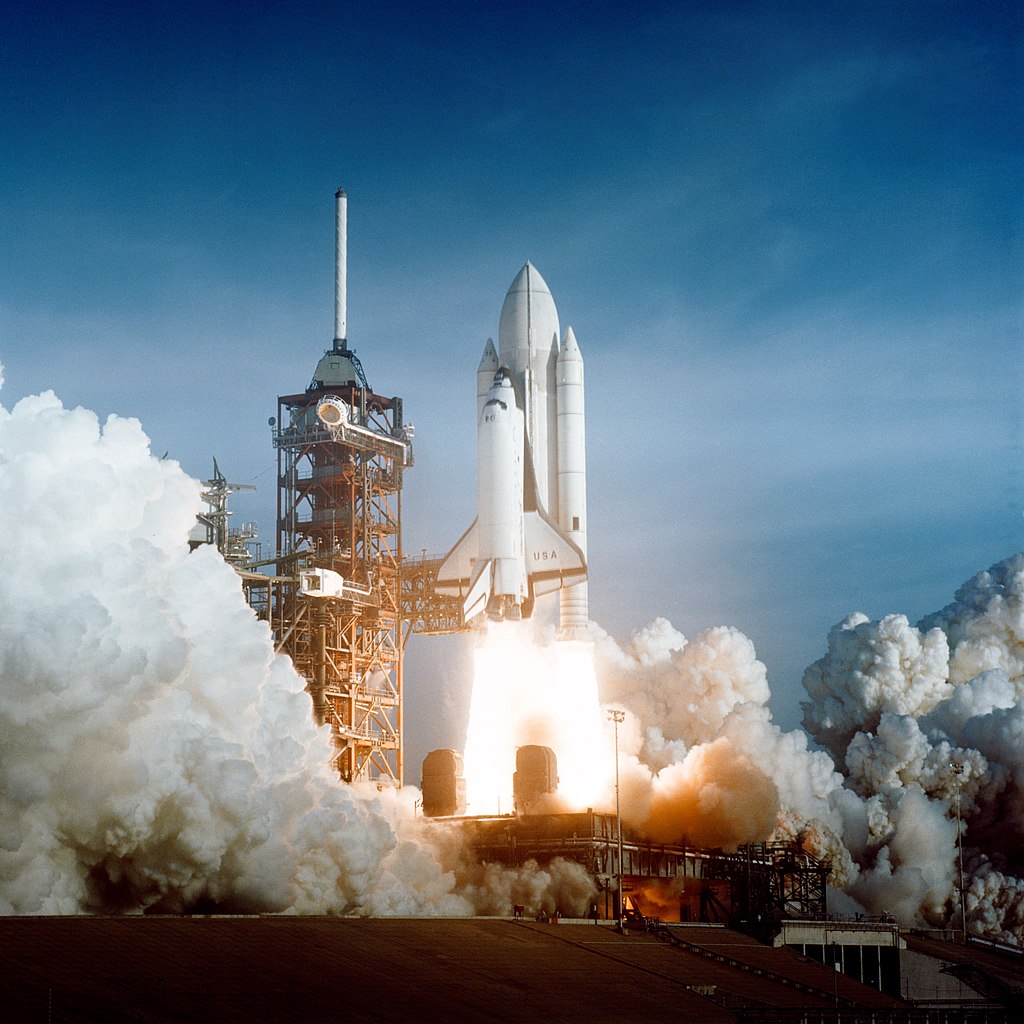
This mission is often called one of the most dangerous in history. The fact is that the shuttle Columbia was making its first flight with a crew. Given the complexity of the winged ship’s design, no one could guarantee that everything would go as planned. Fortunately, Columbia’s flight went smoothly, opening a new chapter in the history of astronautics.
The shuttles assembled the ISS and saved and the Hubble telescope
Over thirty years of operation, the shuttles have launched many cargoes into orbit and participated in a number of complex operations, many of which are still unique. Among them are experiments to test the “space motorcycle” (devices for movement in open space), as well as missions to return malfunctioning satellites to Earth. But still, two key achievements of the program are the assembly of the ISS and the rescue of the Hubble telescope.
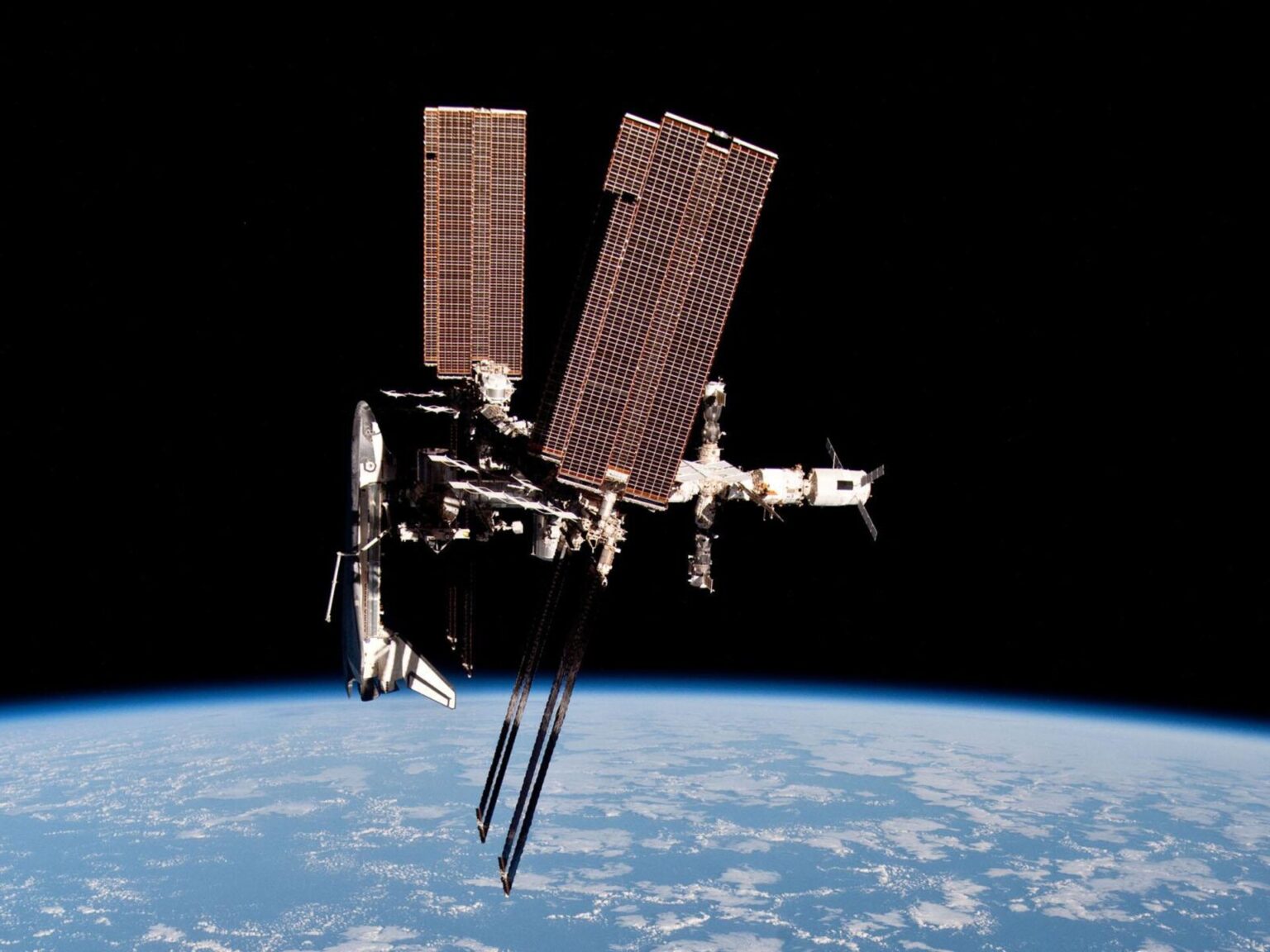
The shuttles began assembling the ISS in 1998 and continued until their “retirement” in 2011. In total, they participated in 36 missions to deliver various components to the ISS. The main station’s modules was launched into space by shuttles. Without winged ships, the ISS would never have been able to reach such significant dimensions.
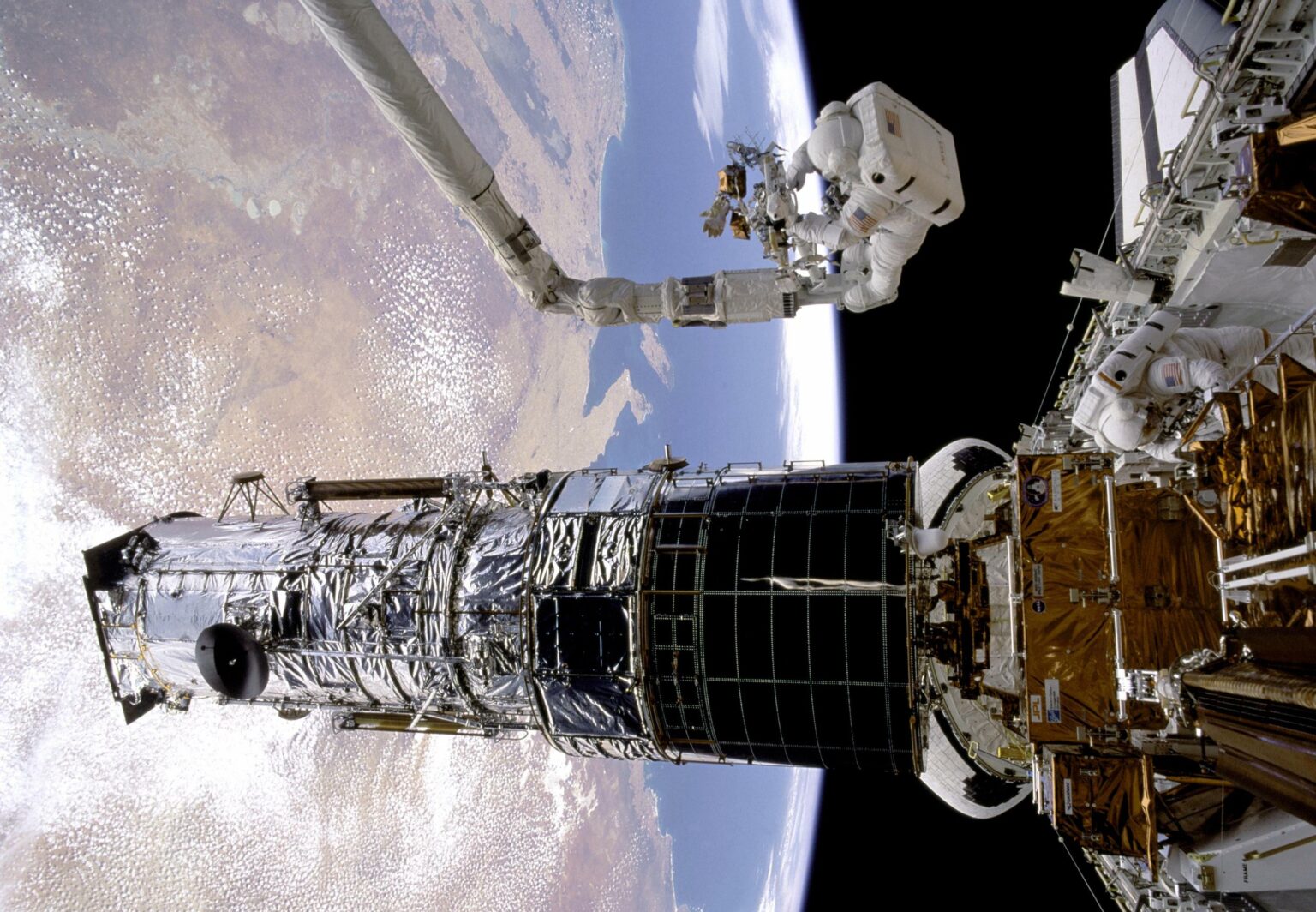
As for Hubble, it was put into orbit by the shuttle, and since then the winged ships visited the telescope five more times. During these missions, the astronauts fixed the defect in Hubble’s main mirror, as well as repeatedly replacing its instruments with more advanced ones and repairing broken components. Thanks to orbital maintenance, the telescope is still in working order and continues to regularly delight us with new discoveries.
The shuttles have carried more than 300 people into orbit
Over thirty years of service, the shuttle has set a number of records, many of which will not be broken soon. Winged ships took part in 135 space missions. During them, 355 people and 1,593 tons of various cargoes were delivered into orbit. Another 103 tons were returned from space to Earth. In total, the winged ships spent 1,330 days in orbit, making 21,158 revolutions around the Earth.
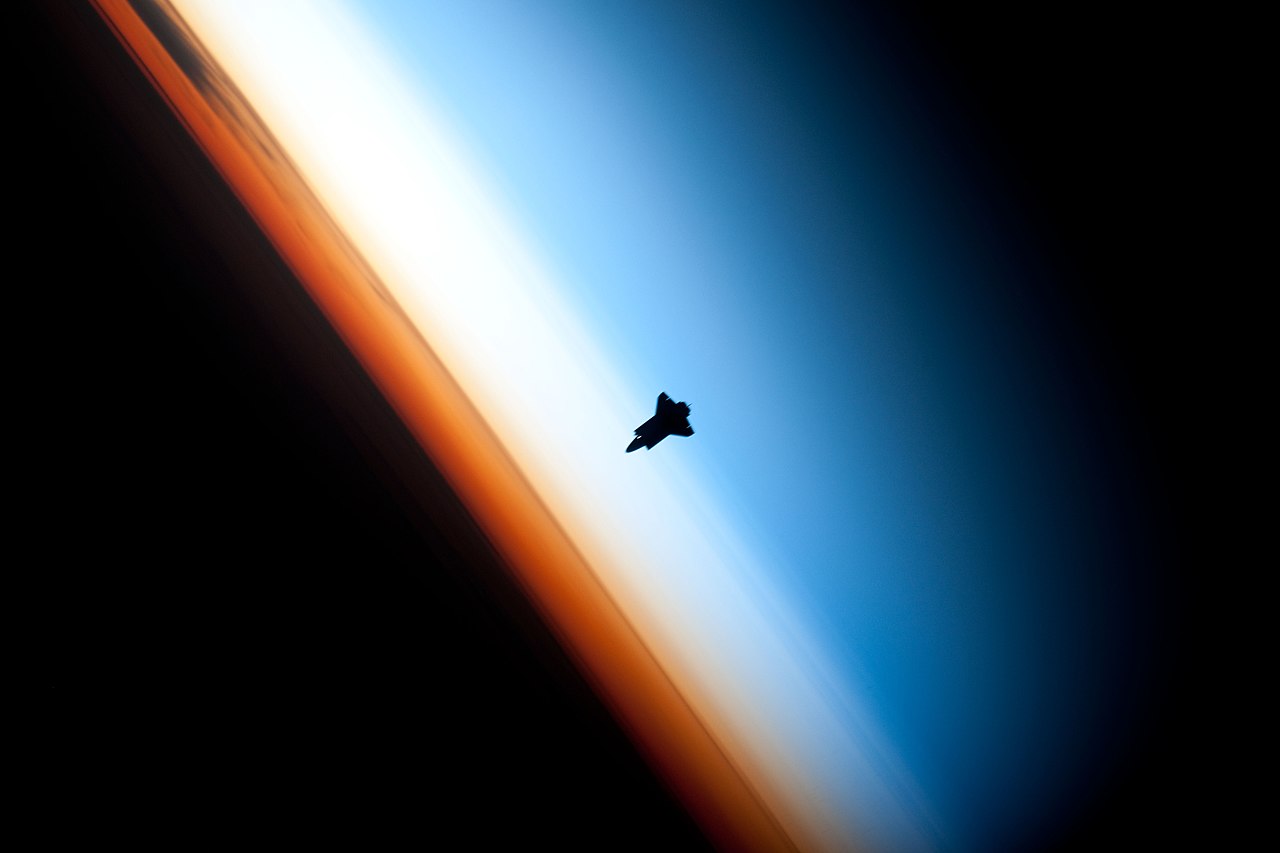
The record holder for the number of flights was the shuttle Discovery, which visited space 39 times. It was followed by Atlantis (33 flights), Columbia (28 flights), Endeavor (25 flights) and Challenger (10 flights).
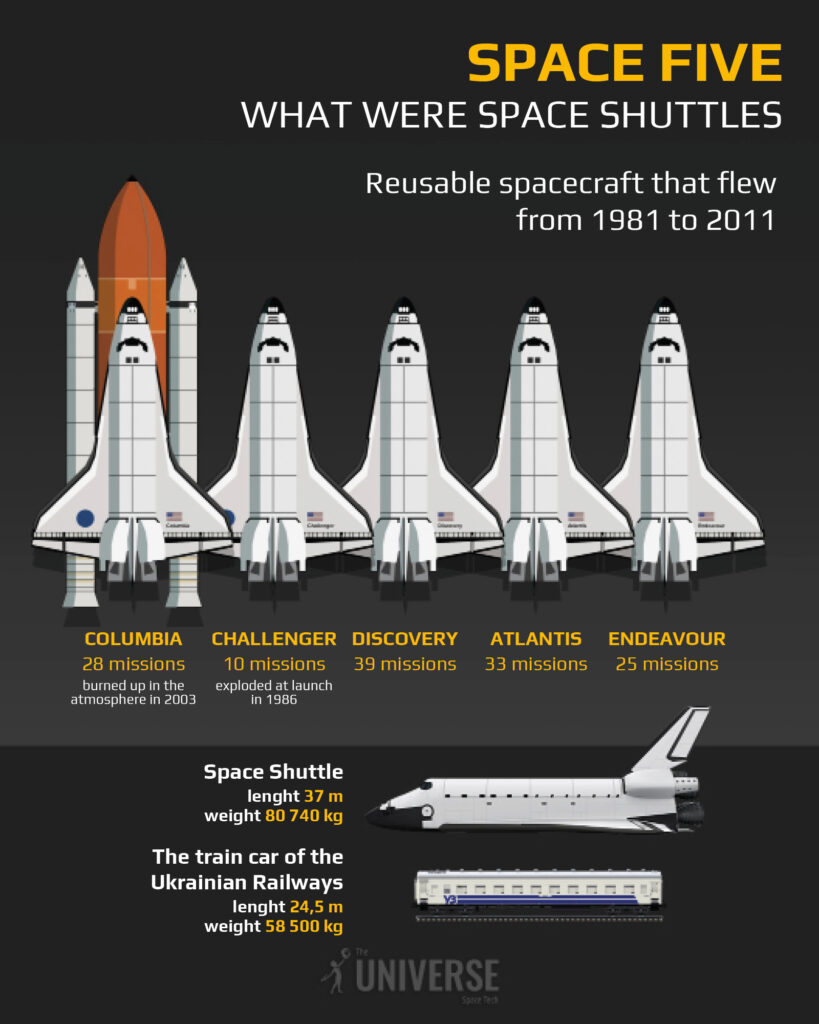
A collage showing five shuttles having flyed into space. Source: NASA
Unfortunately, two shuttle flights ended in disasters. On January 28, 1986, the Challenger spacecraft was lost due to a defect in the side booster. On January 1, 2003, the space shuttle Columbia disintegrated during reentry. These tragedies led to the death of 14 astronauts.
The shuttles were retired in 2011
On July 21, 2011, the space shuttle Atlantis landed at the Kennedy Space Center. This event put an end to the thirty-year history of winged ships.
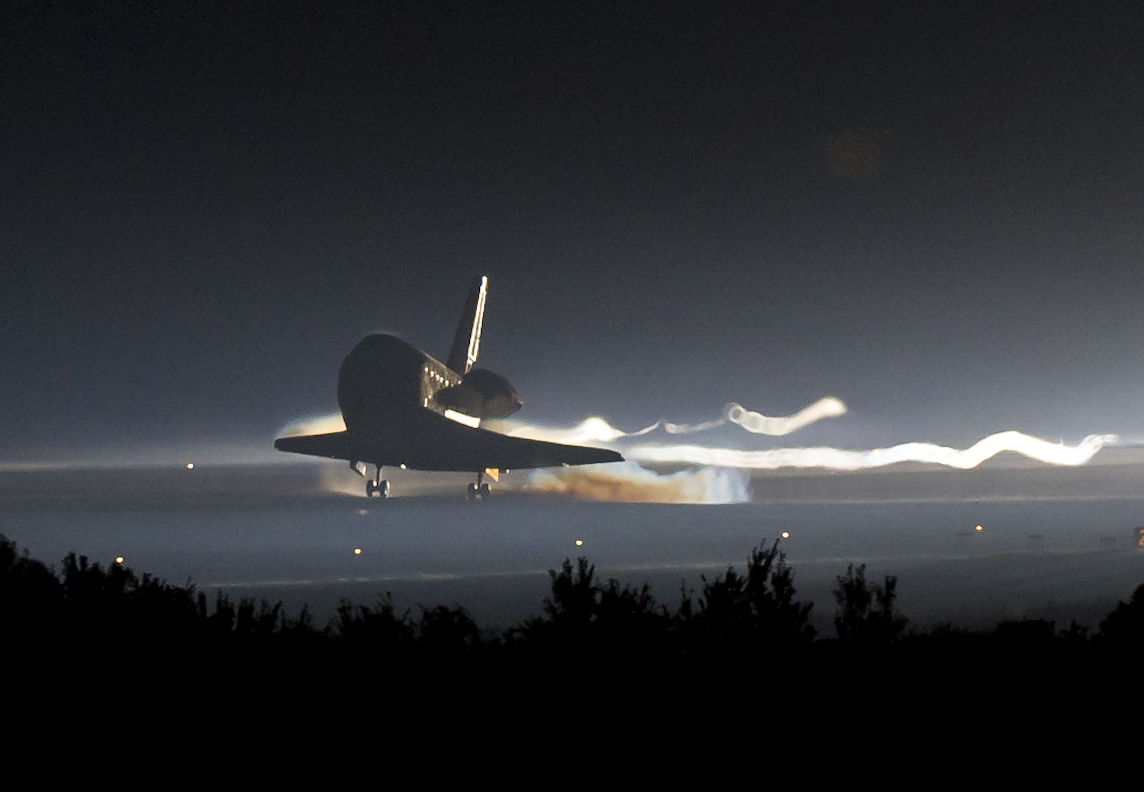
NASA made the decision to end the operation of the shuttles for several reasons. One of them was the significant costs that were required to support their continued work. Another is the consequences of the Columbia disaster, which reminded of the high risk of flying on winged ships. Banal obsolescence of many system components also played its role. After all, the shuttles were a product of 1970s and 1980s technology, many of which were noticeably outdated by the end of the 00s.

All this led to the decision to stop further operation of the shuttles. After the closing of the program, the winged ships performed a “farewell tour”, during which they were driven through the streets of the largest American cities on the way to their eternal resting places. The space shuttle Discovery then nested in the Smithsonian Institution’s exhibit, Endeavor found its home at the California Science Center in Los Angeles, and Atlantis is displayed at the Kennedy Space Center. As for the Enterprise, it permanently alighted in the Intrepid Sea, Air & Space Museum in New York.
